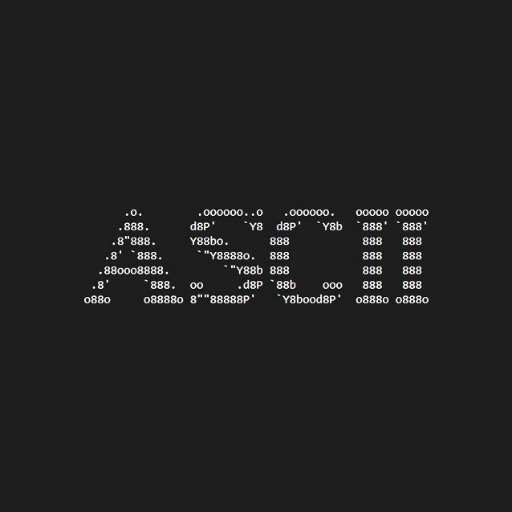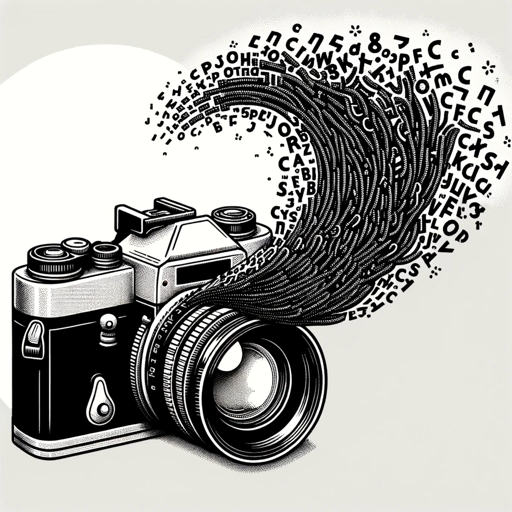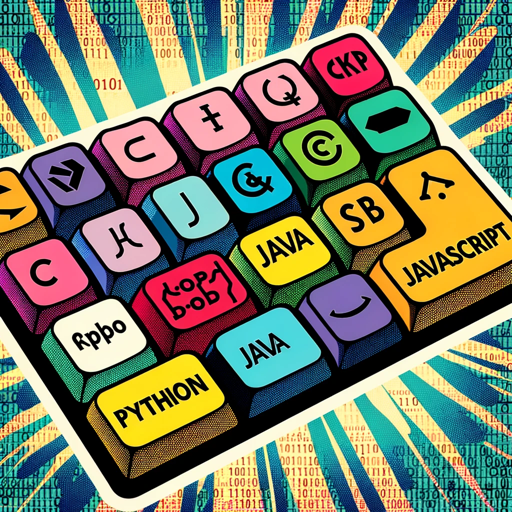Unicode 字符映射转换器-stylish Unicode text converter
AI-powered text transformation for stylish Unicode
I love you
Impressive
Related Tools
Load More
翻译 GPT
体验我们的 ChatGPT 翻译,这是一款复杂的工具,可提供跨多种语言的准确且上下文感知的翻译,无缝地弥合沟通差距。

ASCII Text Art
Convert simple text into creative ASCII art. Copyright (C) 2023, Sourceduty - All Rights Reserved.

ASCII Art Creator
Converts images to ASCII art using Python.

Code Converter
Translates code between programming languages, focusing on accuracy and efficiency.

Urdu to English Converter
Translates Roman Urdu to English, adaptable in tone and context.

ASCII Image
I convert images to detailed ASCII art using 3D, emojis, Unicode.
20.0 / 5 (200 votes)
Introduction to Unicode Character Mapping Converter
The Unicode Character Mapping Converter is a tool designed to convert text into alternative Unicode styles. Its primary function is to take input characters and map them to specific Unicode code points that represent visually distinct text styles. These styles can be used for a variety of purposes, such as sending stylized text in messaging apps, creating unique headers in documents, or enhancing social media posts. For instance, regular Latin alphabet letters can be mapped to their bold or script Unicode equivalents, making the text stand out. The tool supports a wide range of Unicode styles, allowing users to customize their text in creative ways.

Main Functions of Unicode Character Mapping Converter
Text to Bold Unicode Conversion
Example
Input: 'ABC' -> Output: '𝐀𝐁𝐂'
Scenario
This function is useful for creating headings or emphasizing certain words in digital content, such as in a blog post or a social media caption.
Text to Script Unicode Conversion
Example
Input: 'ABC' -> Output: '𝓐𝓑𝓒'
Scenario
This conversion is often used in informal settings, like sending aesthetically pleasing messages in chats or personalizing content in a visually distinct style.
Multilingual Support for Unicode Mapping
Example
Input: 'Hello 你好' -> Output: '𝐇𝐞𝐥𝐥𝐨 你好'
Scenario
In scenarios where both English and non-Latin scripts are used, such as international communications or social media posts, this function can map Latin characters to a specific Unicode range while keeping non-Latin characters intact.
Ideal Users of Unicode Character Mapping Converter
Social Media Users
People who want to make their posts stand out by using stylized text can benefit from Unicode mapping. By converting their regular text into bold, italic, or script fonts, they can catch the attention of their audience more easily.
Digital Marketers and Content Creators
Content creators and marketers can use Unicode mappings to emphasize certain parts of their content, such as headlines or calls to action. This helps in drawing attention and making their content more visually appealing in emails, blogs, or ads.

How to Use Unicode 字符映射转换器
Step 1
Visit aichatonline.org for a free trial without login, also no need for ChatGPT Plus.
Step 2
Input your text into the designated field to start the character mapping process.
Step 3
Select the desired Unicode range, such as mathematical alphanumeric symbols or script styles.
Step 4
Review the transformed text in real-time as the characters are automatically mapped to their Unicode equivalents.
Step 5
Copy the output and use it in messaging apps, social media, or other platforms to display the custom styled text.
Try other advanced and practical GPTs
一单词一卡片
AI-powered tool for mastering English vocabulary

内容重新定义师
AI-Powered Text Rewriting and Rephrasing

药剂师
AI-driven assistance for prompt perfection.

图片描述拆解大师
AI-powered image description breakdown

Cool teacher
Empowering Minds with AI Assistance

life story
AI-driven answers, research, and content.

缩写方法论大师
AI-powered framework generator for custom methodologies

思考问题六角度
AI-powered problem-solving and creative thinking.

答案之书
AI-powered insights for clarity

学科历程
AI-Powered Academic History Insights

政策解读专家
AI-Powered Insights into Chinese Policies

小坏蛋
AI-powered insights with a blunt edge

- Academic Writing
- Social Media
- Messaging Apps
- Text Styling
- Unicode Conversion
Frequently Asked Questions about Unicode 字符映射转换器
What is Unicode 字符映射转换器?
Unicode 字符映射转换器 is a tool that converts standard characters into various Unicode ranges, allowing users to stylize their text for different platforms, such as social media or academic papers.
What kind of characters can be converted?
It supports the conversion of Latin alphabet characters (A-Z, a-z) and numbers into Unicode characters in various styles like bold, italic, script, and mathematical symbols.
How is this tool commonly used?
This tool is often used to create stylish text for social media posts, academic writing, or to customize the appearance of text in messaging apps.
Does Unicode 字符映射转换器 require any special software to run?
No special software is needed. The tool runs entirely online through a web browser and does not require any installation.
Can the output text be used anywhere?
Yes, the Unicode text can be used in most platforms that support Unicode, including social media, messaging apps, and text editors. However, some platforms may have partial support depending on the Unicode range.